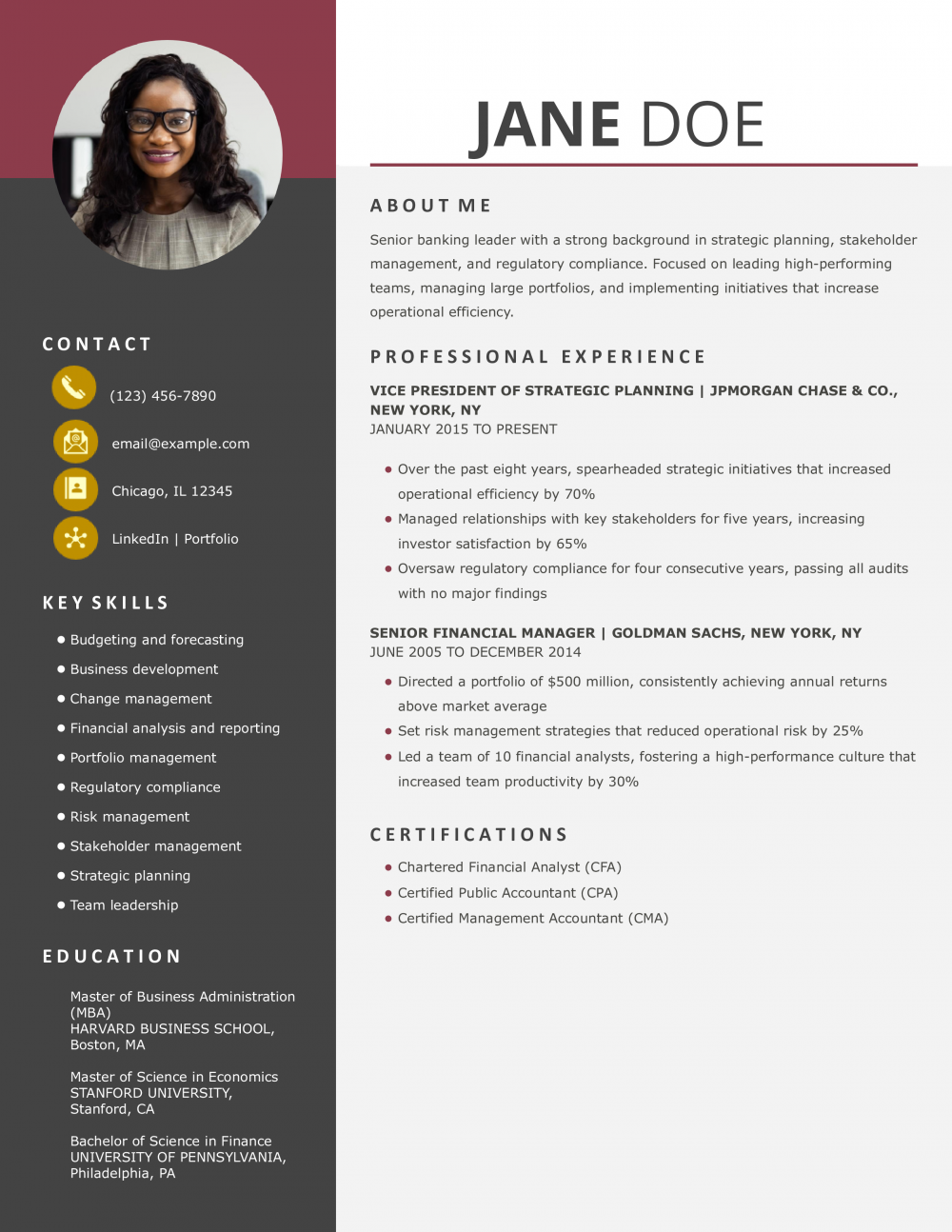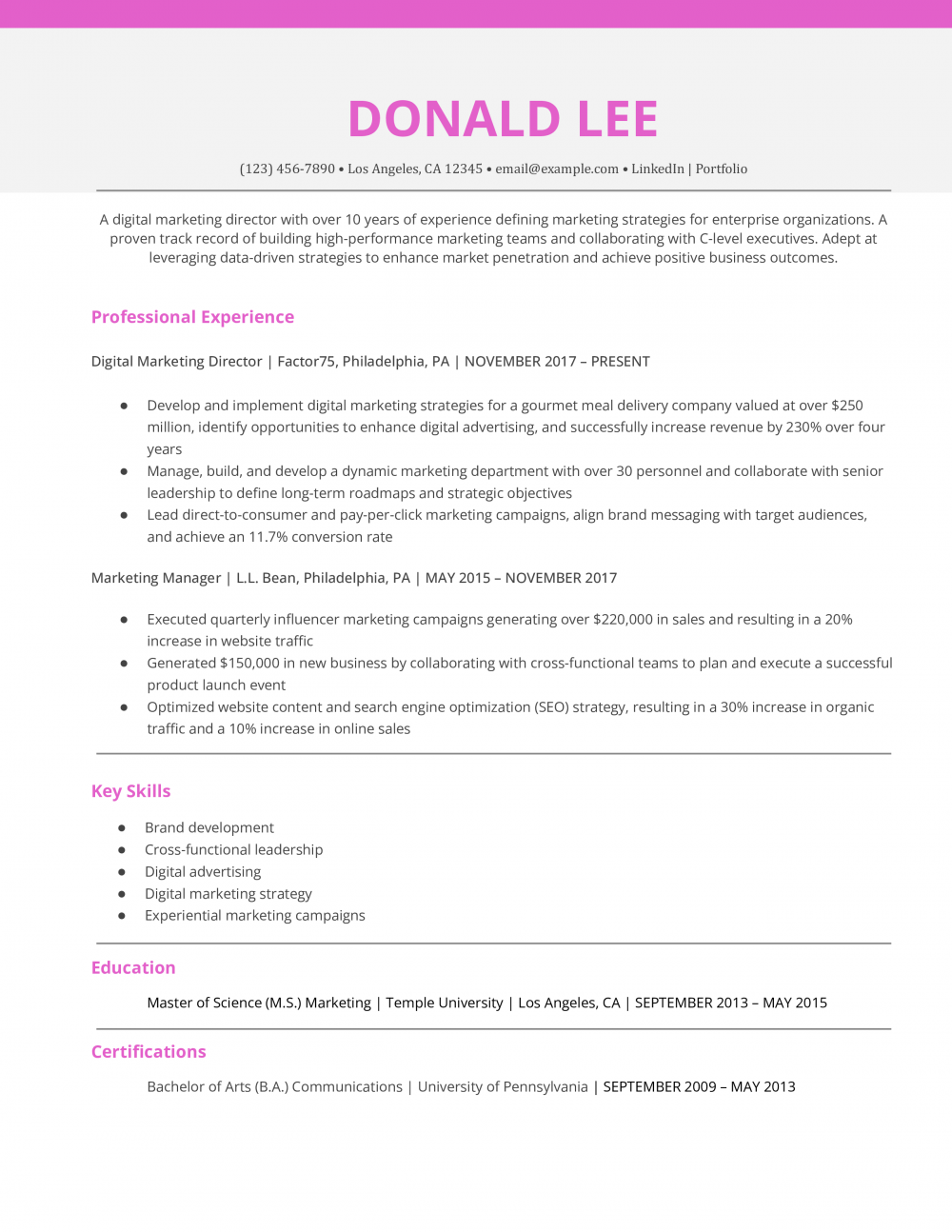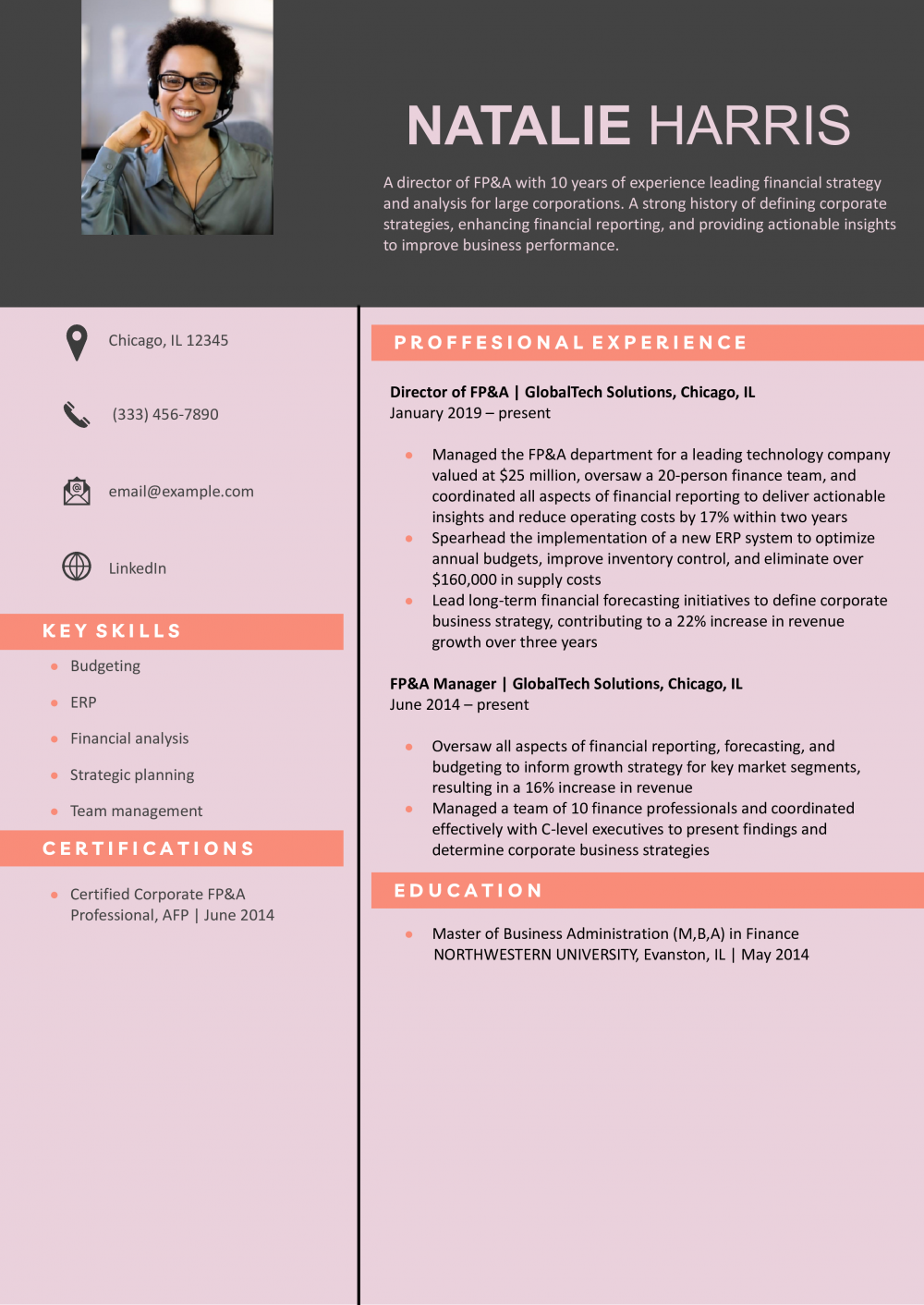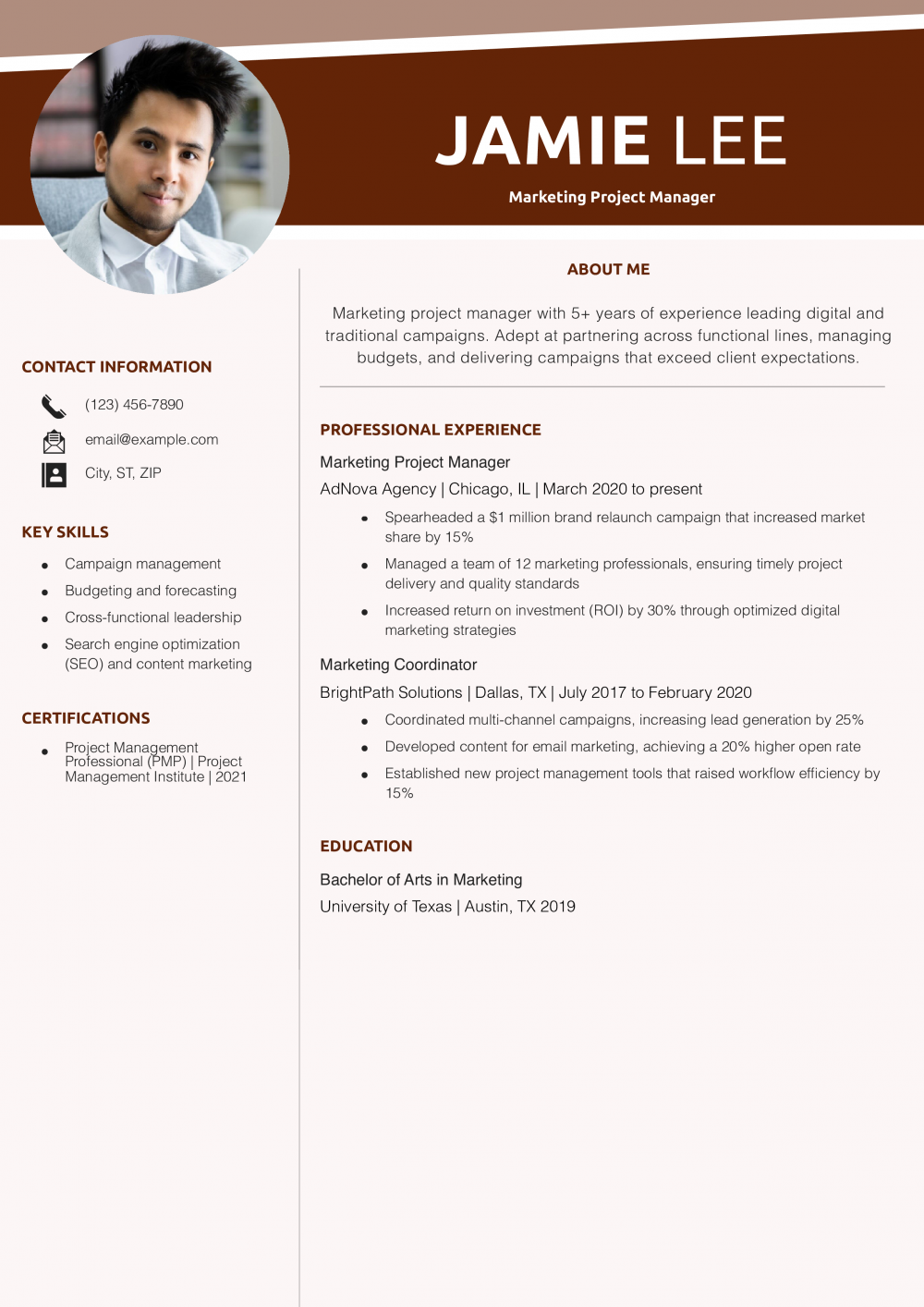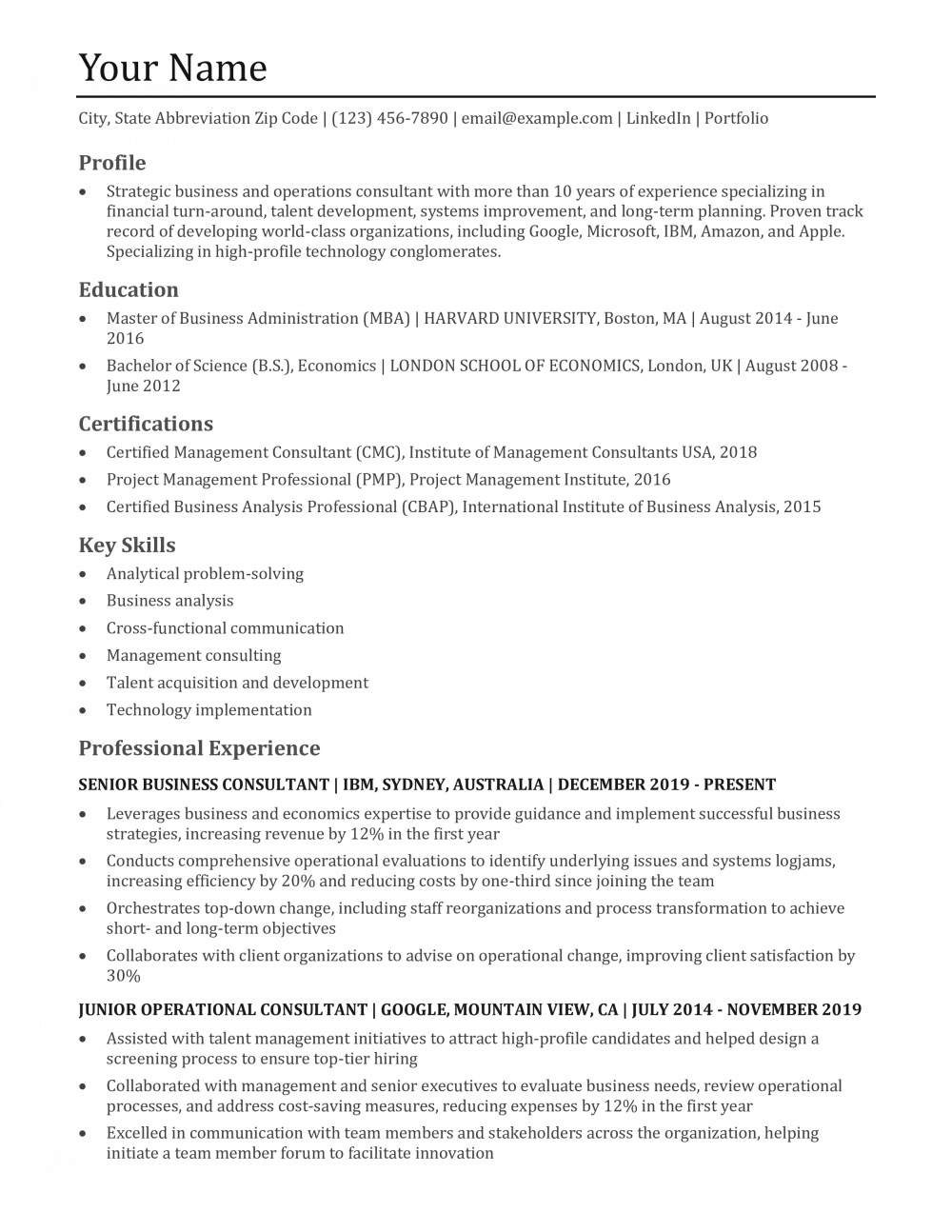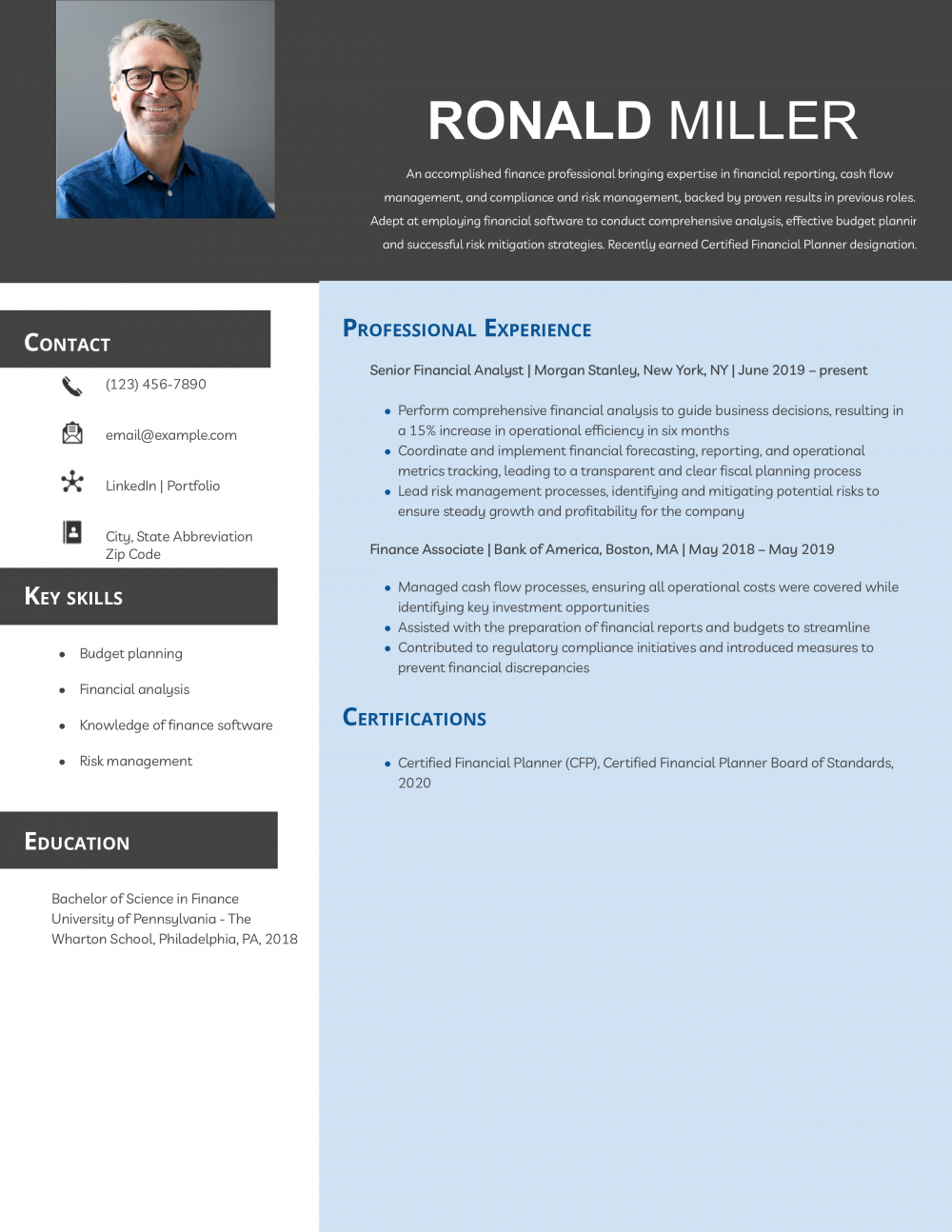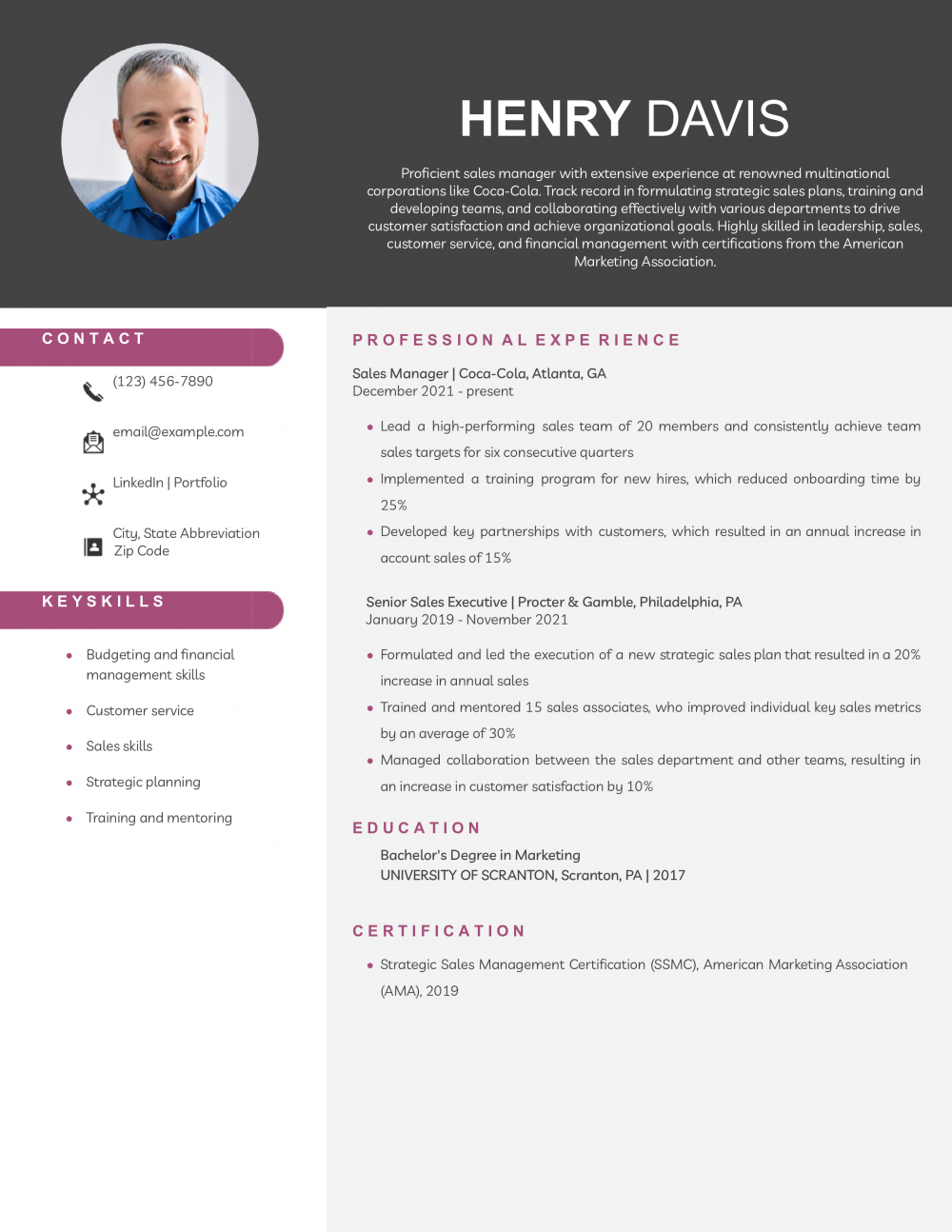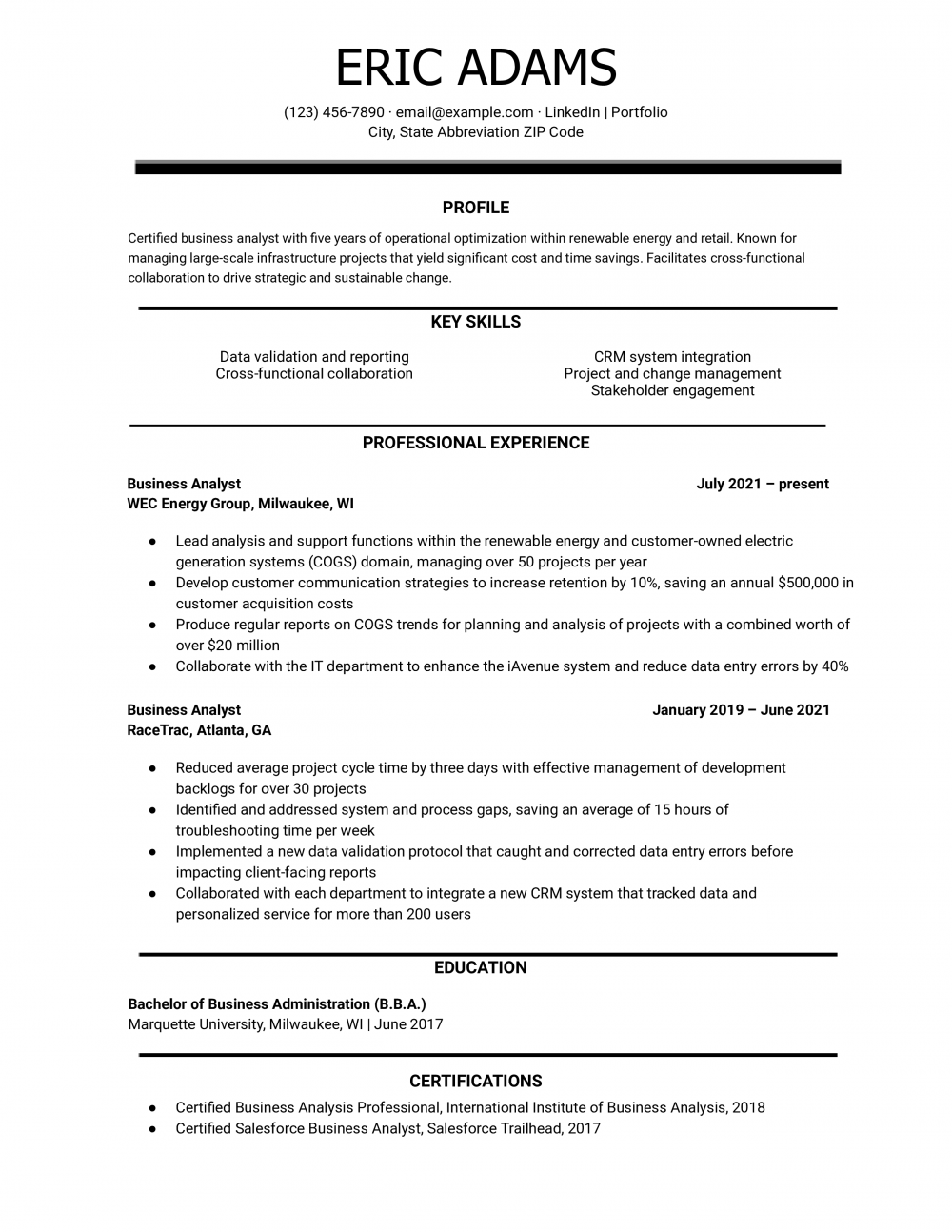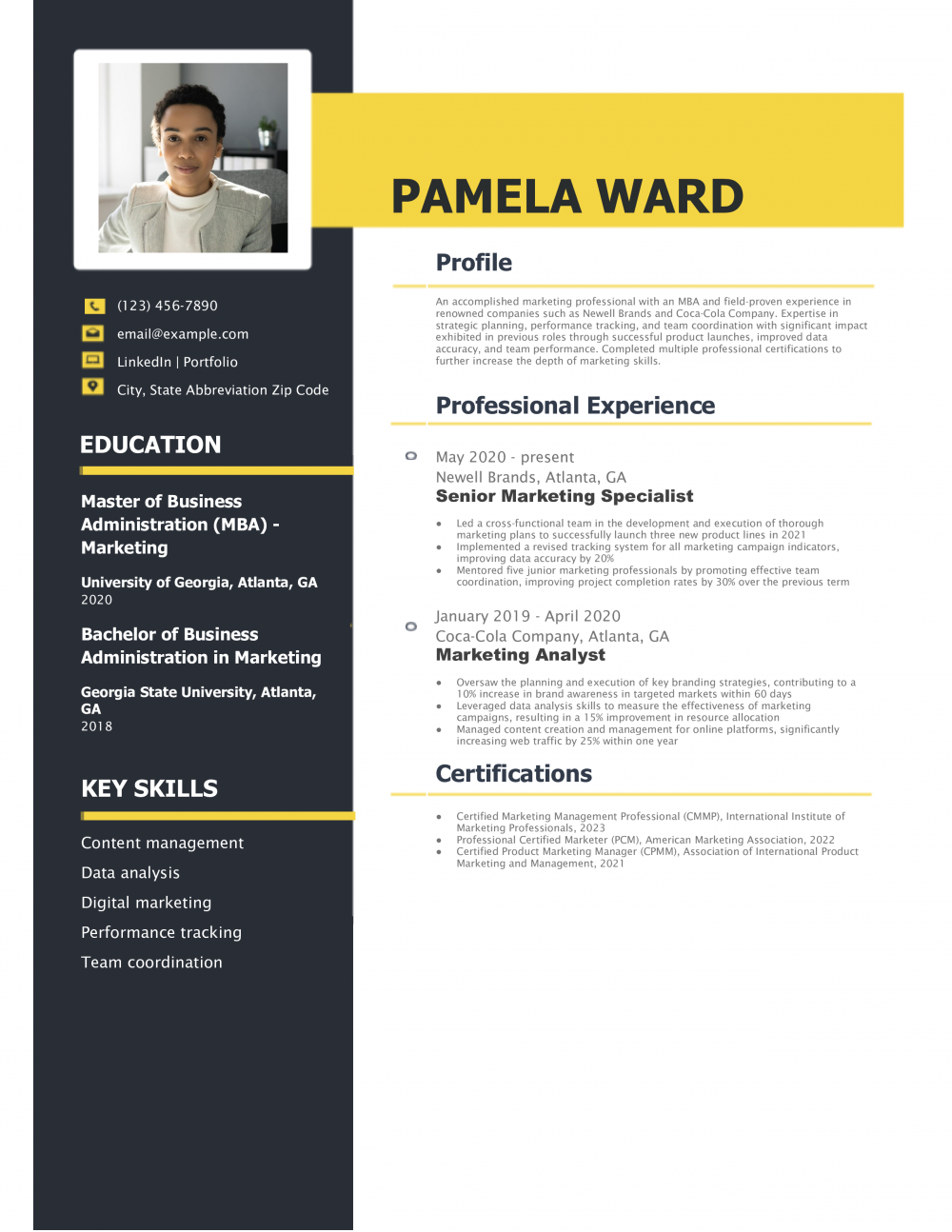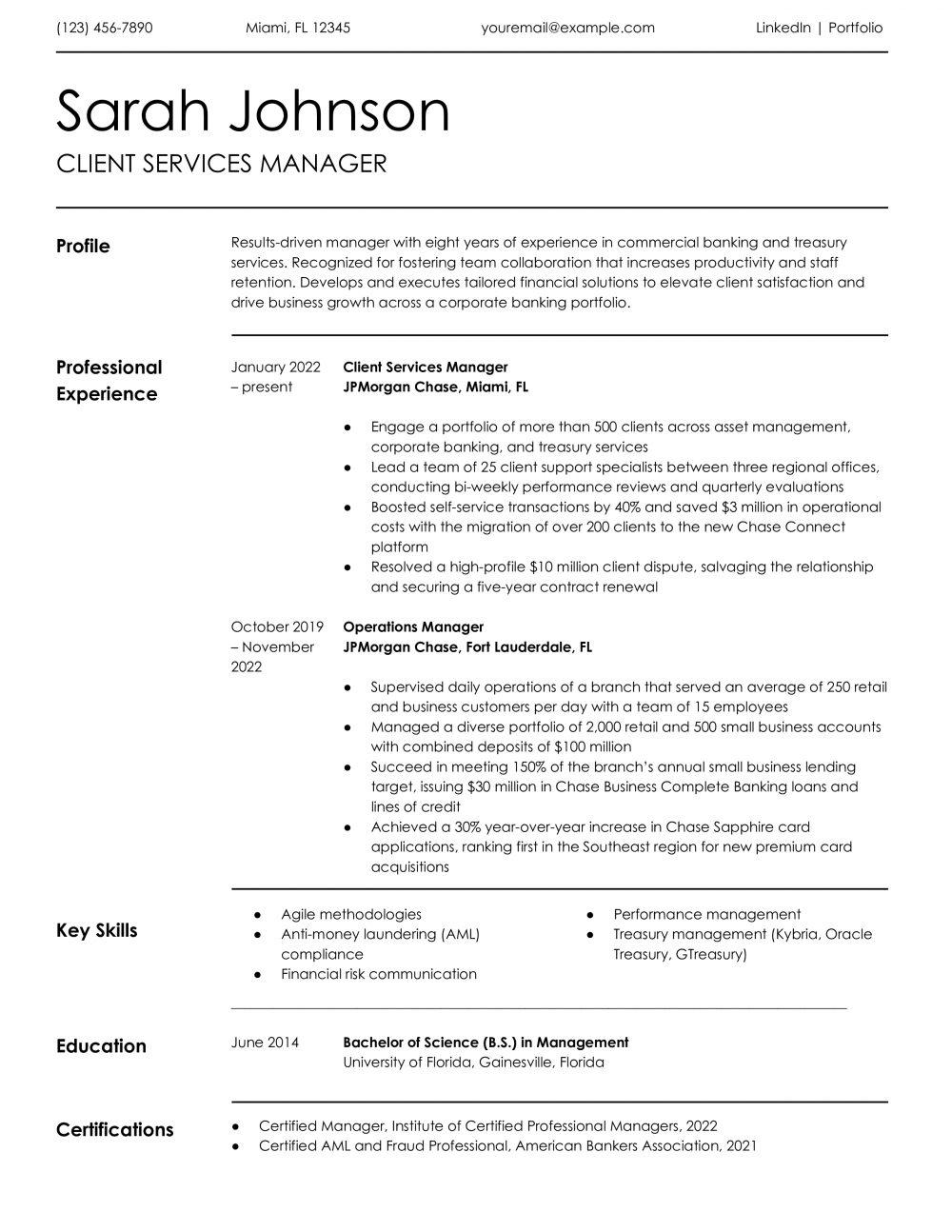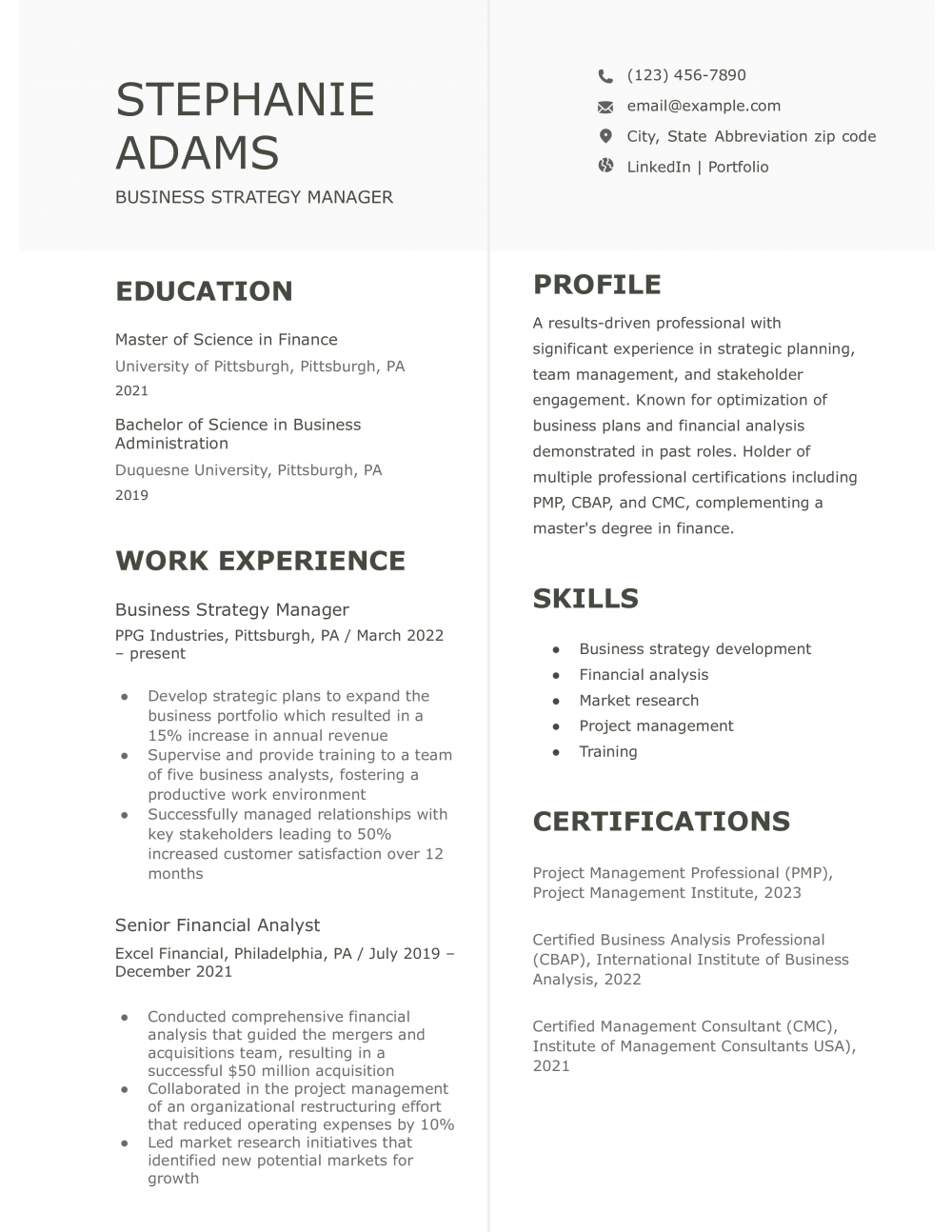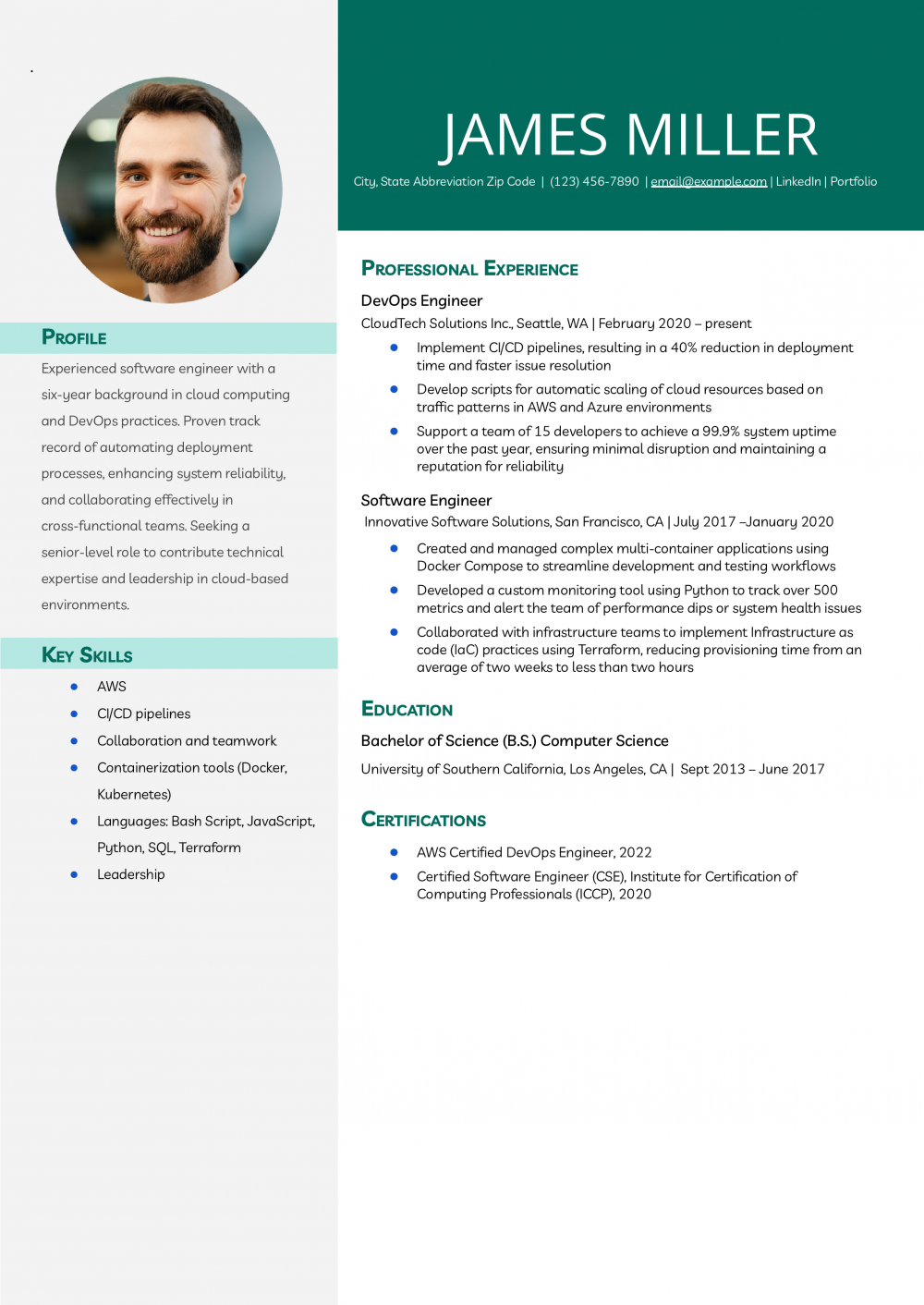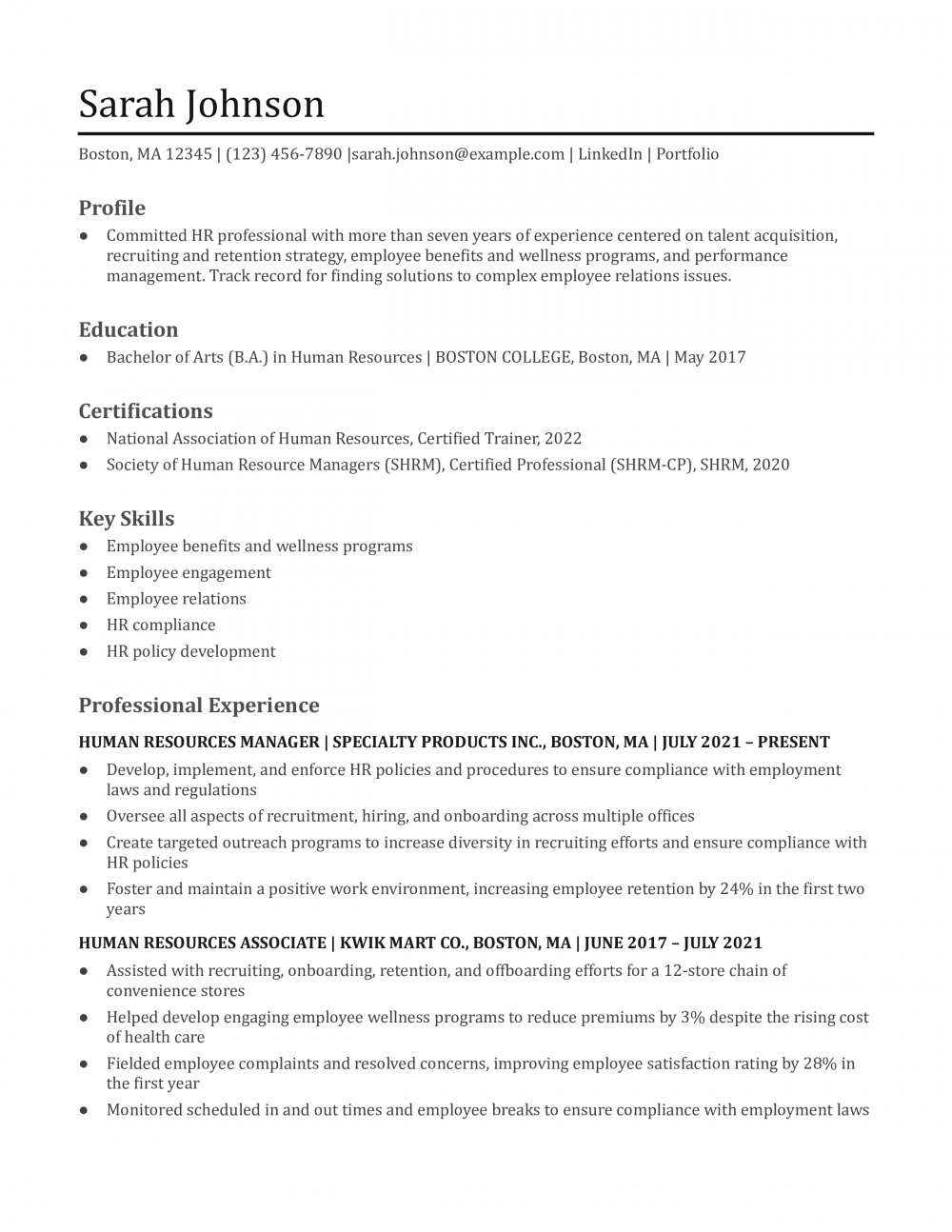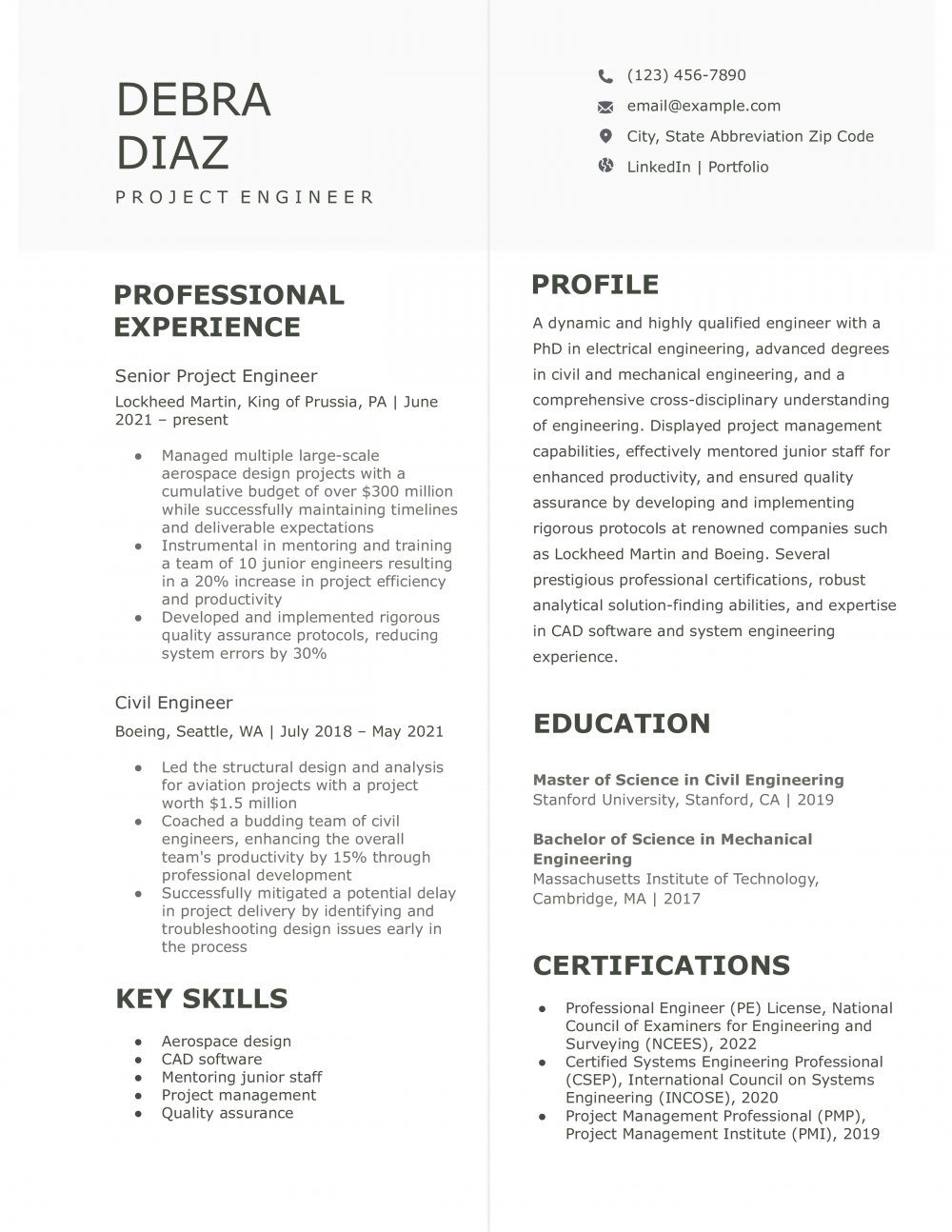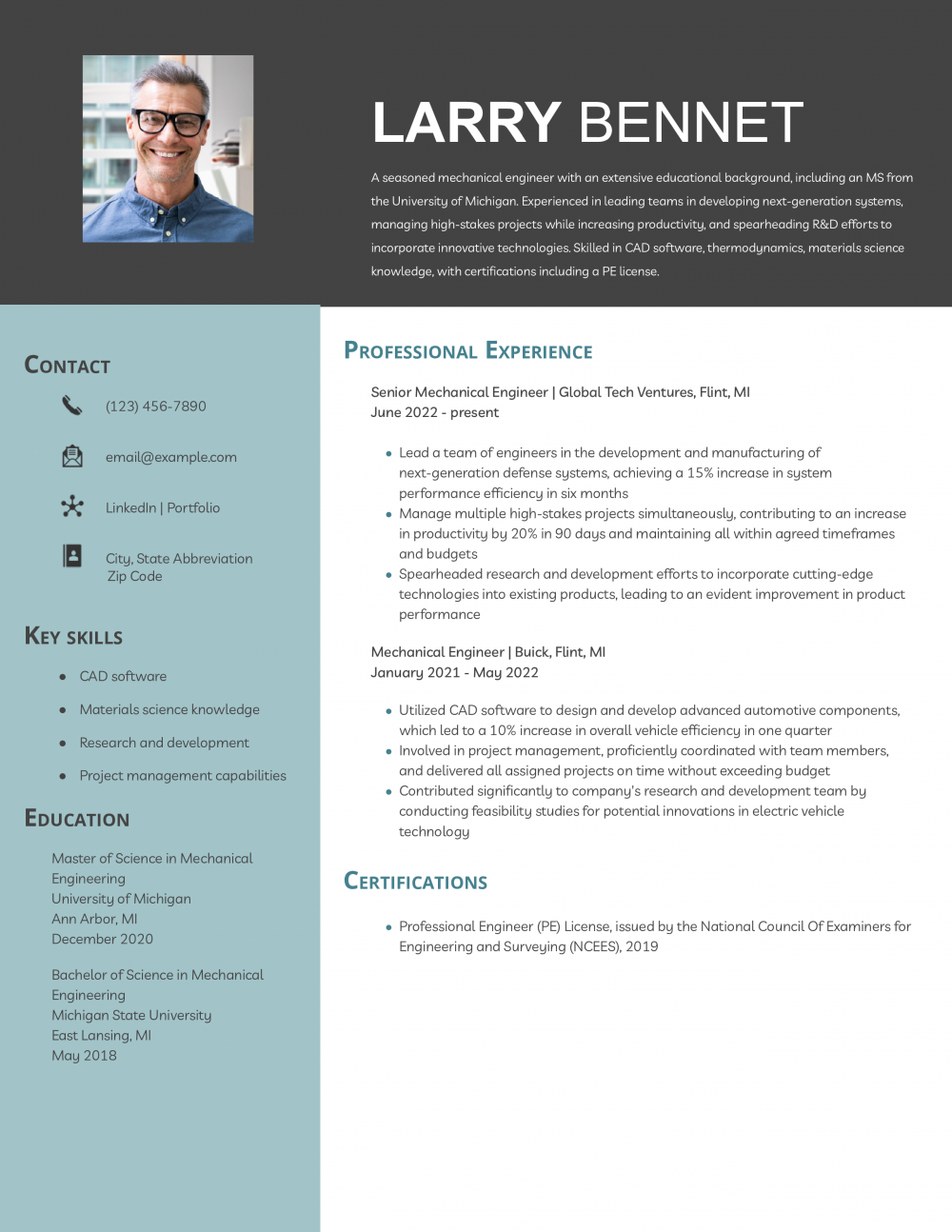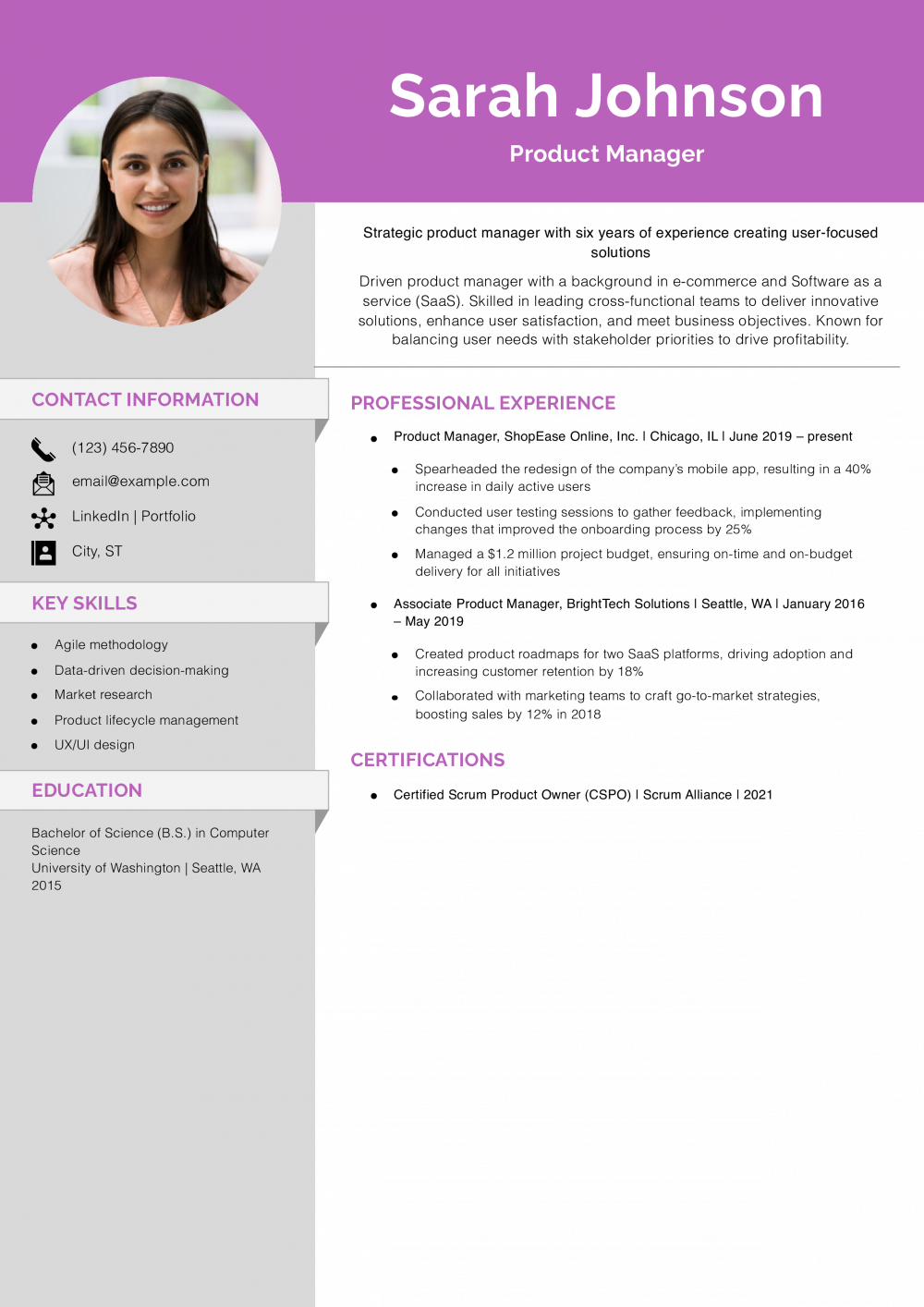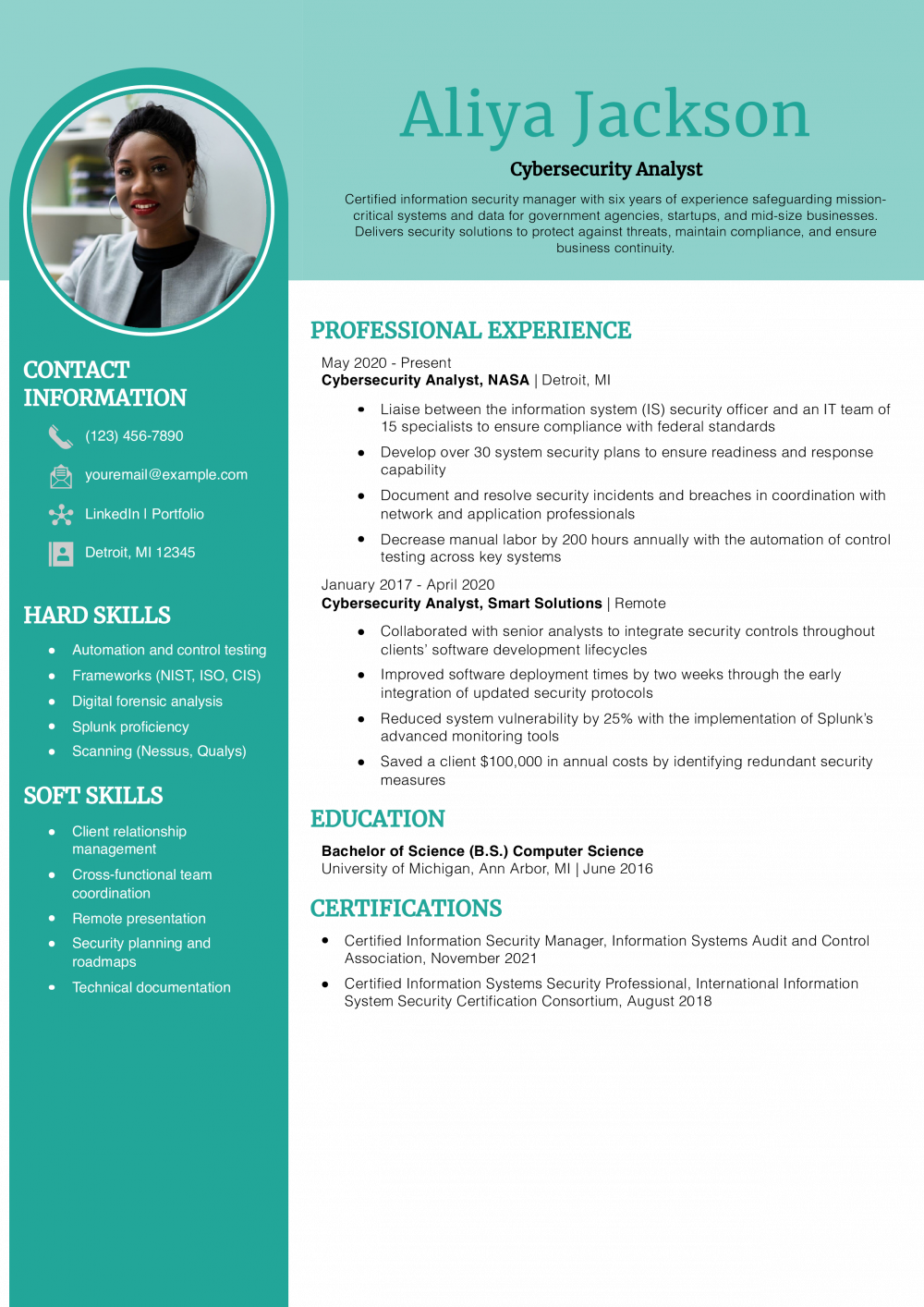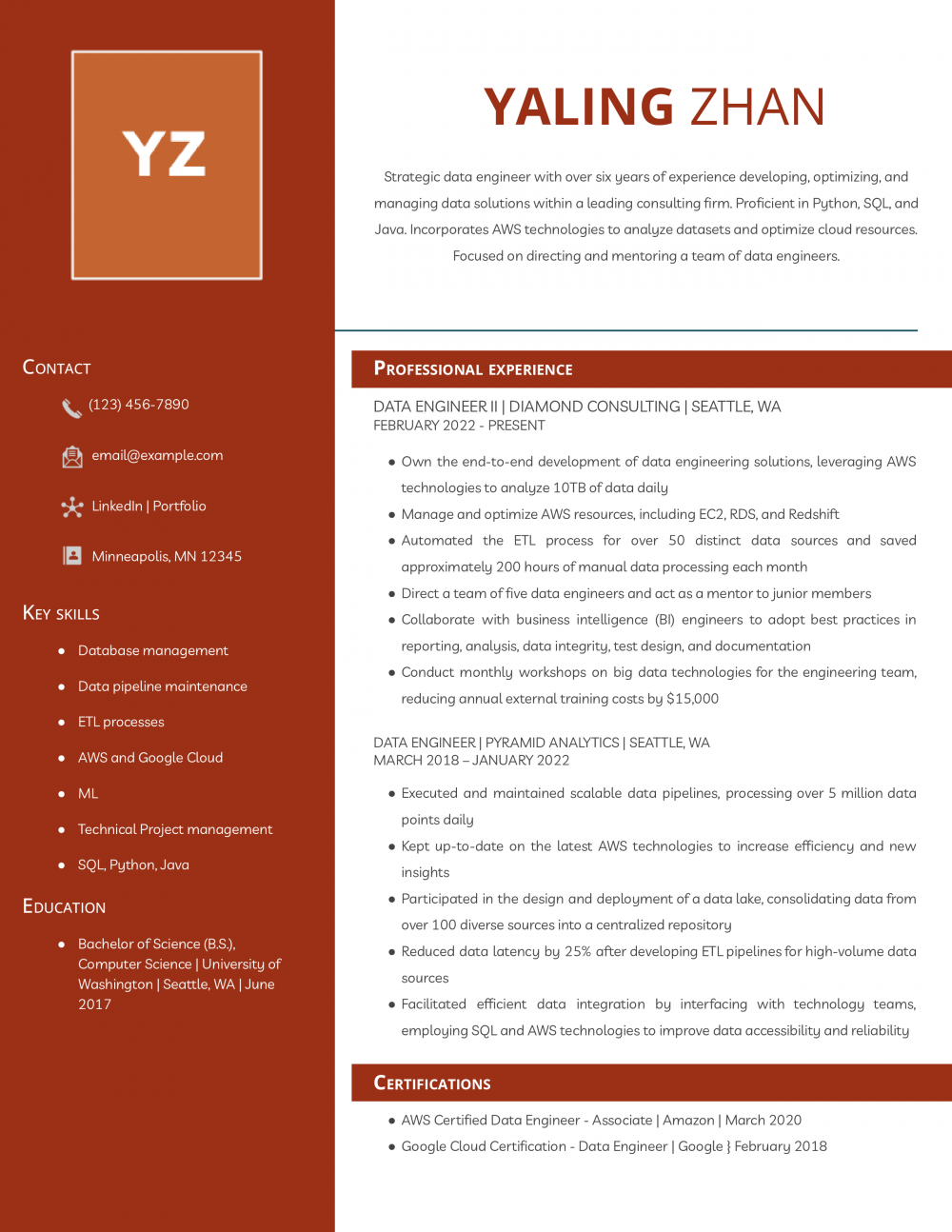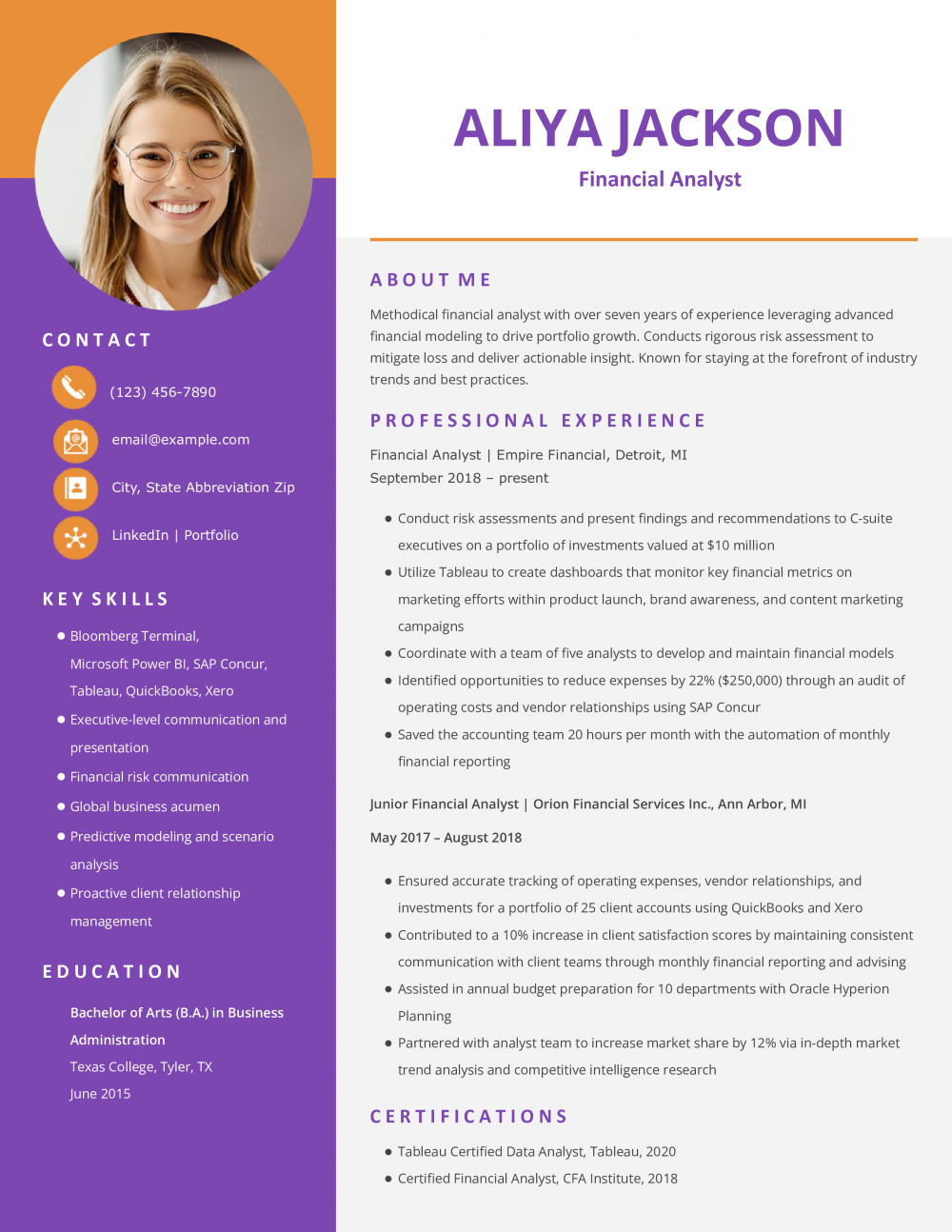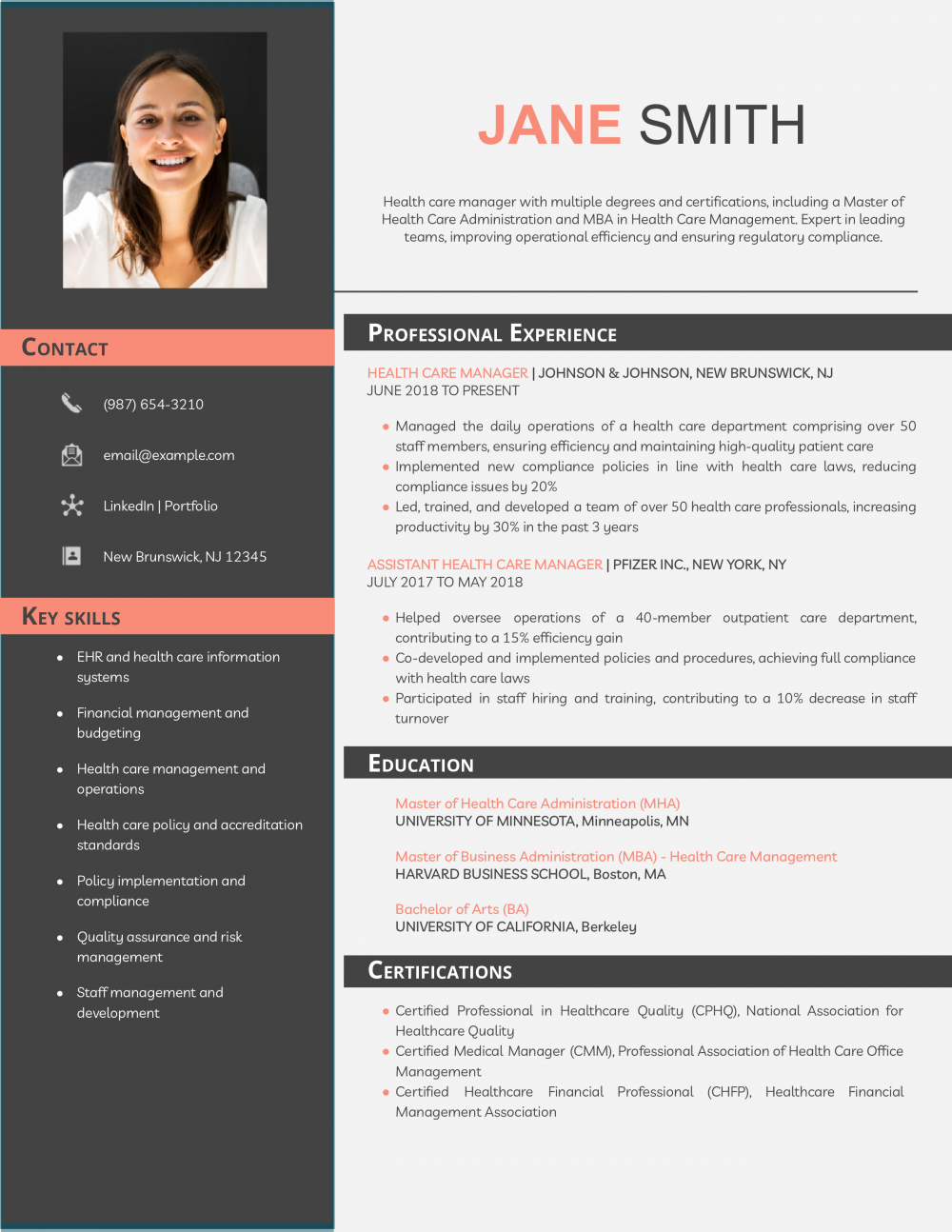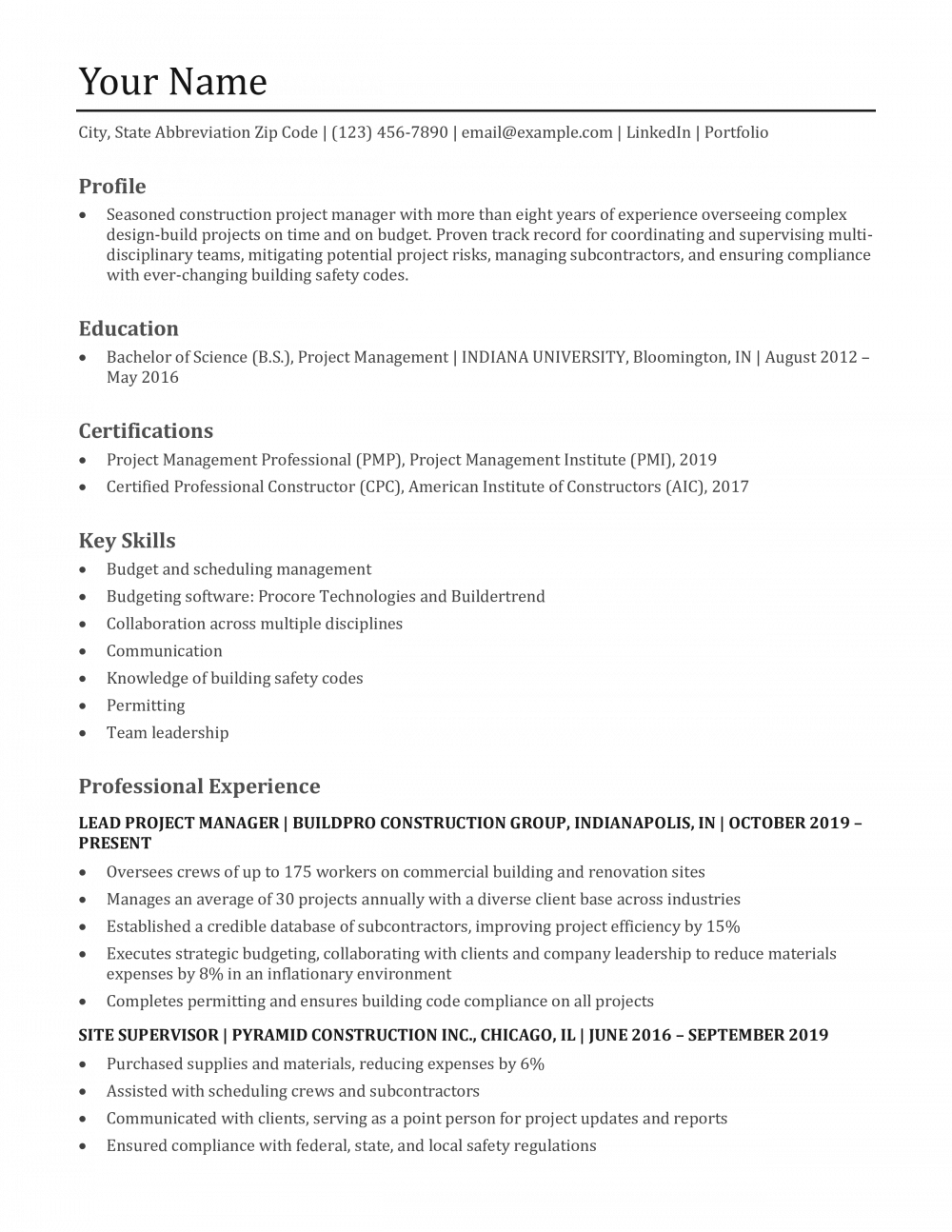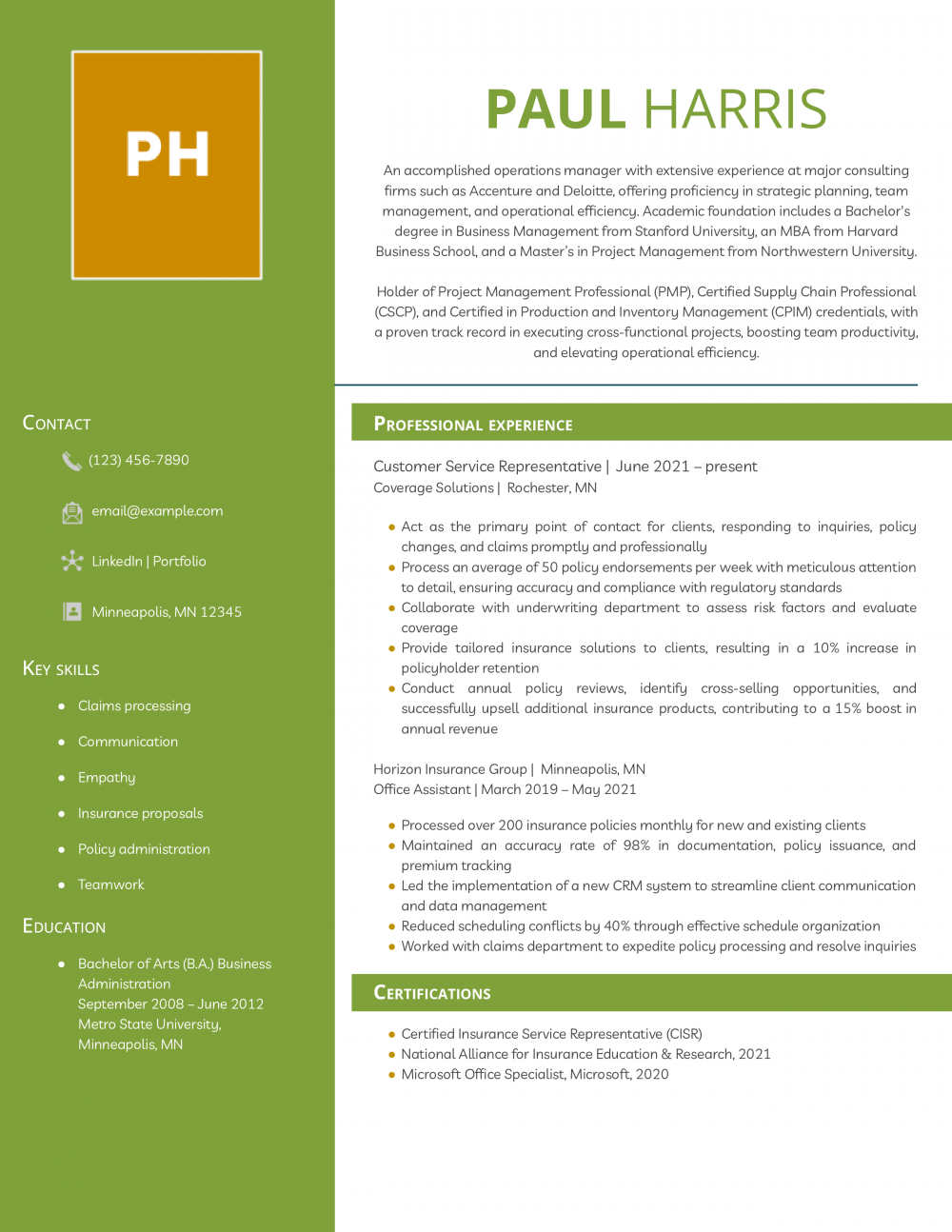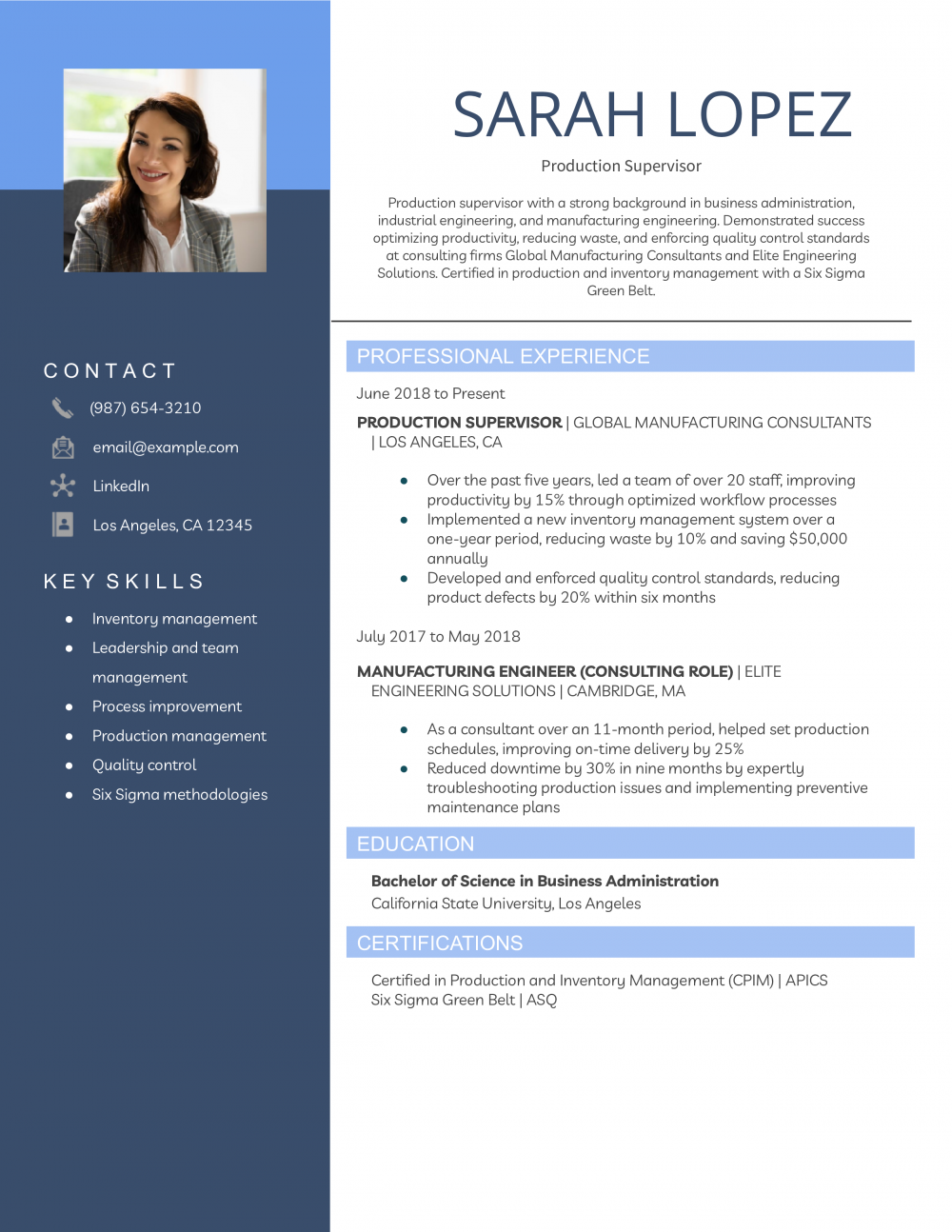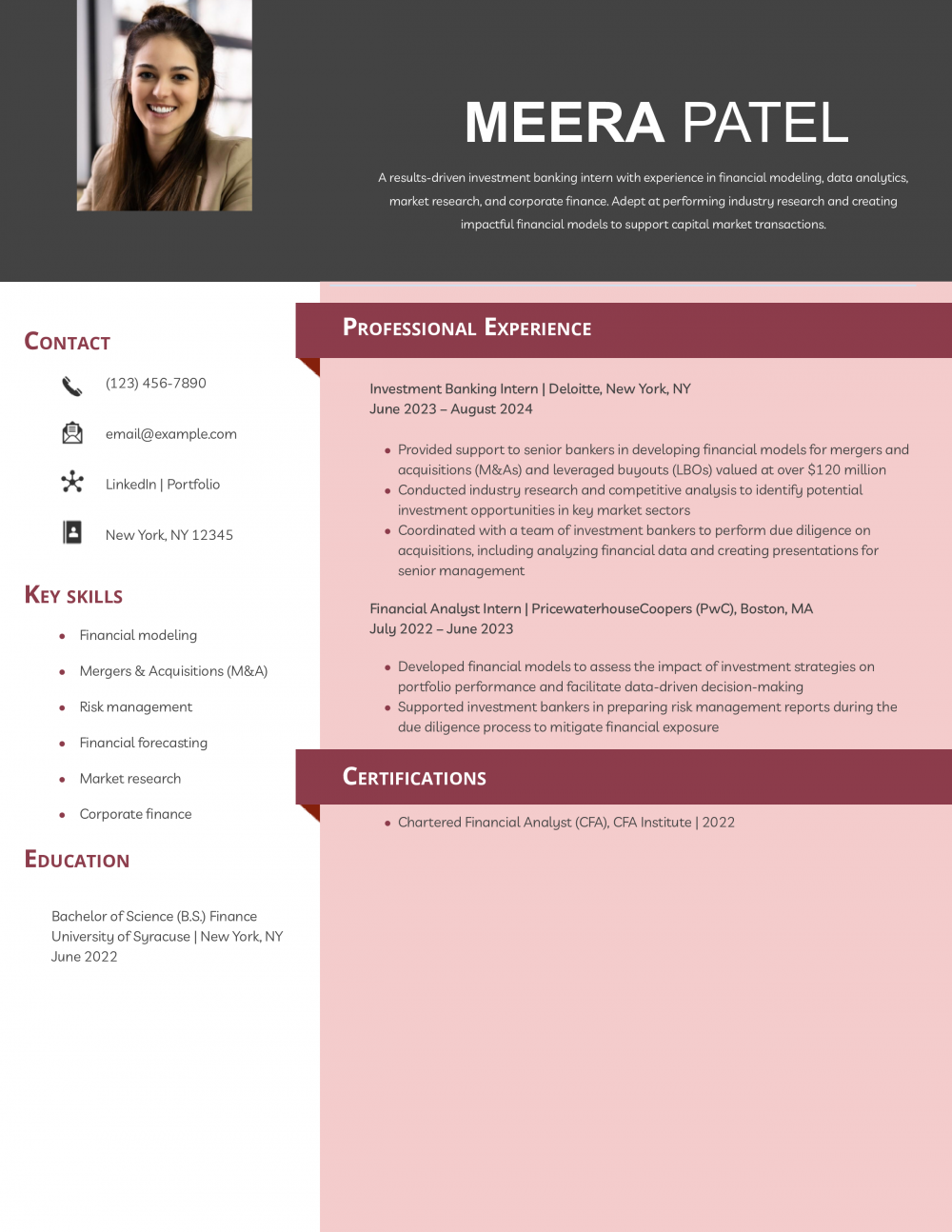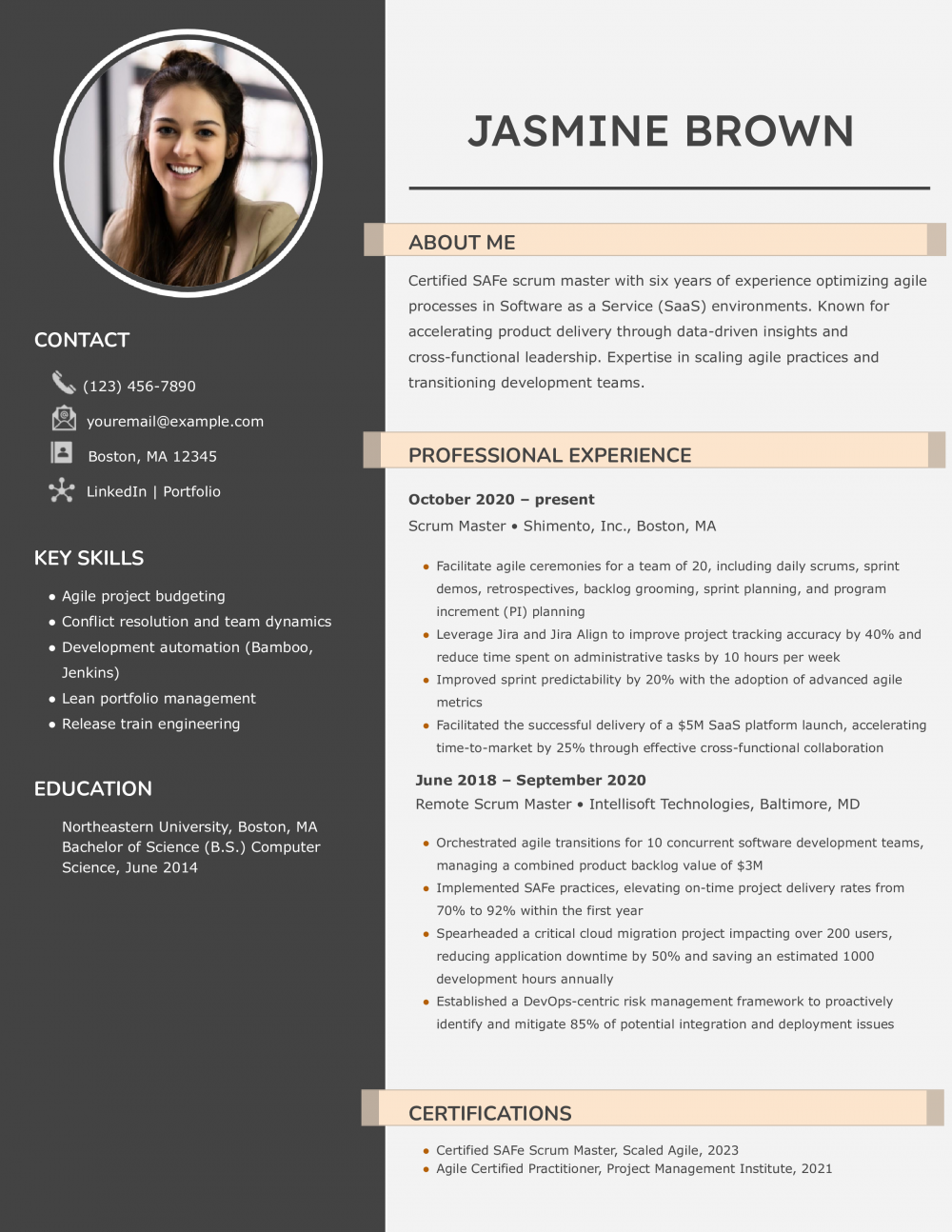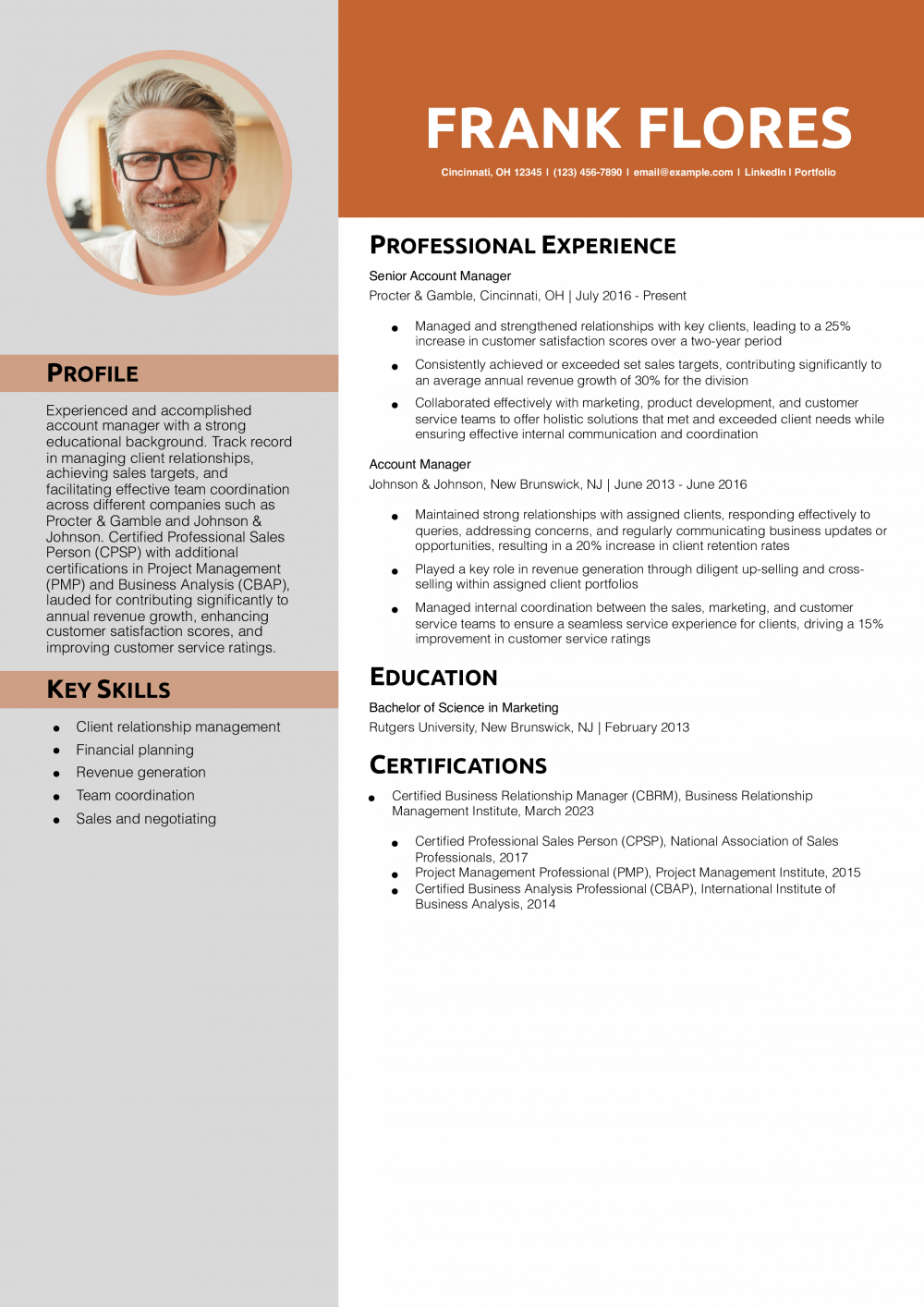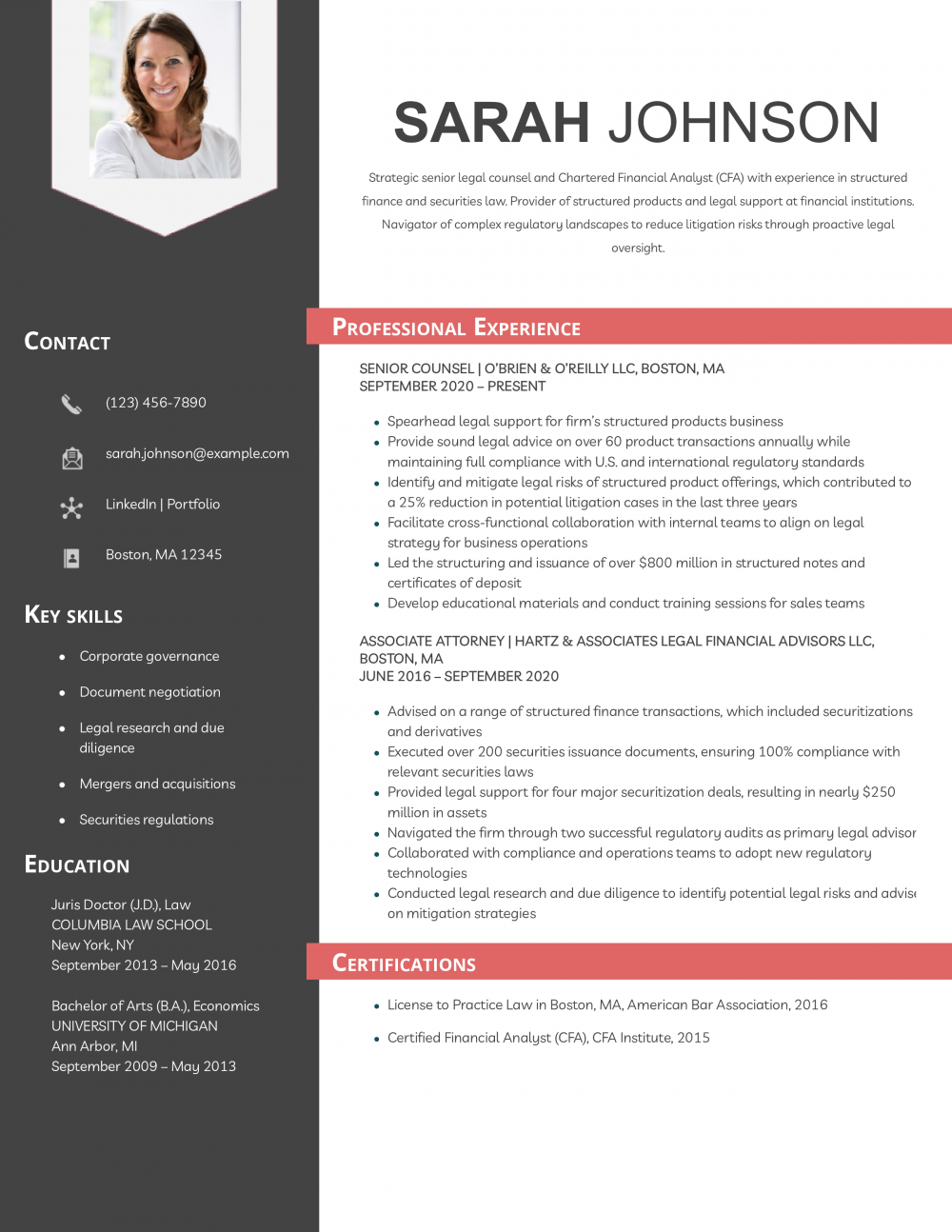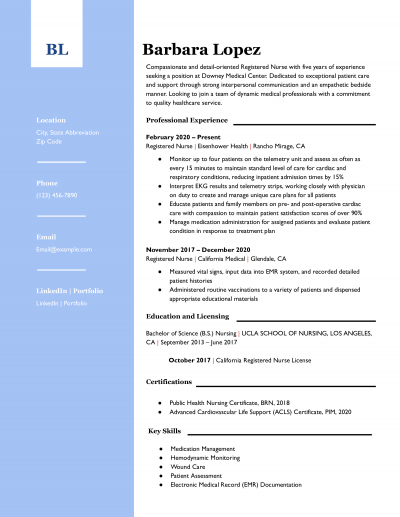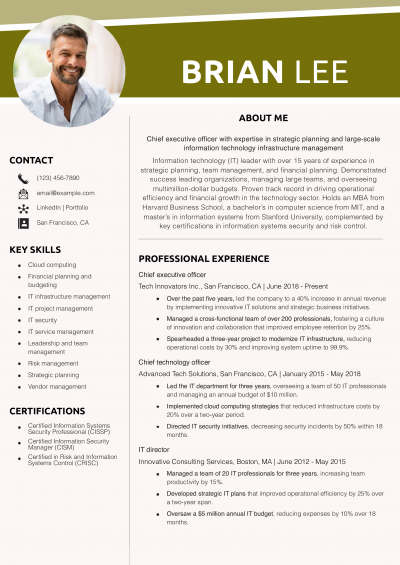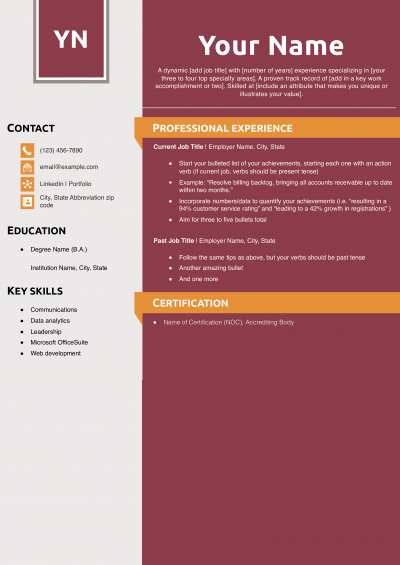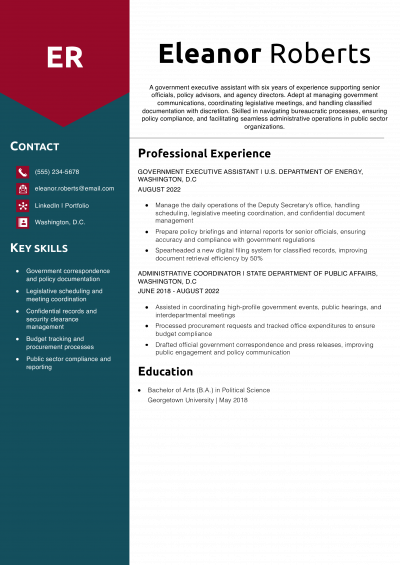When you reach the executive level in your career, you might think your resume is behind you, but it’s important to always have one ready to go. You never know when your next opportunity might present itself. It’s best not to be held back from a promotional opportunity – or rush through a resume revamp at the last minute.
Executive resume templates can provide a starting point to tell your professional narrative in a compelling way. Follow this guide to executive templates to craft a resume that accurately reflects your impressive career climb.
Executive Resume Templates
An executive resume template can help you organize your resume, which is especially important for someone with many years of career experience. Templates are meant to be a guide you can follow and adapt to your needs. This can save you time so you can focus your efforts on pulling in the most dynamic and exciting professional highlights.
Employment for top executives is expected to grow as fast as the average occupation, according to the BLS, which means there will be fierce competition for the best opportunities. A strong, focused resume that summarizes your strengths, leadership, and career accolades can be valuable if you seek new roles.
An executive resume template can also ensure you include all pertinent information without making the document too long and irrelevant. Think of a resume as your elevator pitch. A template can help you stay on track and keep it the perfect length to tell your career story.
What makes an executive resume template?
An executive resume template is designed for seasoned professionals with leadership and C-suite roles in other organizations. It’s similar to other professional resumes in many ways, but what sets it apart is its laser focus on professional accomplishments and credentials.
Top nine parts of an executive resume template:
- Summary of how you executed your roles and the results of your efforts
- Keywords that reflect the prospective employer’s needs and values
- A mix of hard and soft skills with a focus on change management and organizational development
- Strong action verbs that demonstrate thought leadership and managerial proficiency
- Well-organized and clearly labeled sections
- Clean and straightforward design
- Data-driven descriptions of past job accomplishments
- Degrees and certifications pertaining to the field
- Professional accolades, awards, or recognitions
When to pick an executive resume template
Top five reasons to choose an executive layout:
- You have reached the executive level of organizations in your recent work history
- You are a thought leader in your industry
- You want to summarize your vast experiences and accomplishments and describe how you can bring that to your next organization
- You have data and metrics to share that quantify the real-dollar value you offer
- You are a lifelong learner with academic credentials, professional designations, and industry awards
How to get the most out of this template
Writing an effective executive resume can seem overwhelming because you have so many experiences from which to draw. That’s where following an executive resume template can come in. It can help you pinpoint the most relevant achievements and expertise you’ve amassed in your long career. The executive resume template highlights your most impressive accomplishments from your last few roles while also calling attention to academic degrees, certificates, and industry recognition.
Frequently Asked Questions: Executive Resume Templates
Adapting a Executive resume example to your career journey means focusing on how your skills and responsibilities have evolved over time. Be sure to include specific milestones that show how your role has changed and your growing expertise. If you're applying for a more senior role, highlight leadership positions, advanced skills, and any industry-specific certifications that support your qualifications.
An executive resume should feature common resume sections, including a profile, key skills, professional experience, and education. In addition, you can add a section to list your awards and industry recognitions.
A CEO who wishes to move to a new organization should create an executive resume to showcase their accomplishments and skills. Even if someone is a well-known industry player, a resume can go into more detail and share metrics that help describe and quantify the person's value.
An executive resume has many of the same attributes as a regular resume except that it takes a deeper dive into your leadership experience, describes how your contributions have helped achieve company growth, and includes industry recognition and awards.
More Resume Templates
Looking for a different resume template? Check out this list:
Check Out Related Examples
Resume Templates offers free, HR approved resume templates to help you create a professional resume in minutes. Choose from several template options and even pre-populate a resume from your profile.

